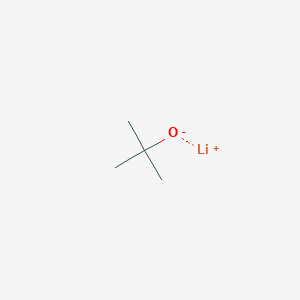In the early fall season, the high temperatures make the lighting very difficult. This makes it difficult for the nursery to raise seedlings. The vegetable farmers adhere to the skill and operation procedures, do the nursery skills, and rely on the science to take the following measures to ensure the growth of the pepper seedlings.
Pepper seedlings do a good job in the seed germination at room temperature, the use of plug seeding and other work at the same time the main solution to high temperature and drought, heavy storms, to avoid leggy seedlings, prevent diseases and insect pests and other aspects of the problem will be all good.
The selected varieties were first dried for 4 hours, then disinfected with trisodium phosphate solution and then soaked in fresh water for about 8 hours. Slightly dry after removing and prepare to germinate.
Germination at room temperature is usually around 30°C, which is the appropriate temperature for germination. Soak the soaked seeds in cotton cloth and moisten with a plastic film. The seeds are flushed with clear water every half-day, and then germinated again for about 60-70 hours. When the buds are about 3 mm long (at this time, the seed is whitened), the seeds are sown best; if they cannot be sown in time, the seeds should be kept at about 8°C.
The plug tray is prepared for the use of special nursery media. Each bag can hold 72 trays with 12 trays and 72 potable plants per seedling. The vegetable farmers can calculate the number of nursery trays and seedling media required according to their own needs. The nursery medium is mixed with an appropriate amount of phosphorus-potassium compound fertilizer, special biological micro-fertilizer and other trace elements, etc. After mixing with water, the plug tray is leveled (scrape with a straight plank).
After preventing high-temperature sowing, the plug tray is poured with water and sprayed with Prokect, and thereafter the cover film is moisturized. At this time, we should pay attention to shade and cool down, prevent steamed seeds from affecting sprouting. At this time, the temperature should be controlled below 30°C during the day and below 18°C ​​during the night. When the emergence is about 80%, the plastic film can be peeled off. With the growth of the seedlings, the time for covering the shade net can be shortened, which is more conducive to the growth of seedlings.
After the seedlings have been prevented from sowing, the seedbed humidity should be kept in mind. Do not over-wet or dry. Many vegetable farmers fear that the seedlings will grow into water and lead to excessive draught when the seedlings are too long. At this time, capillary roots are damaged due to water loss and drought, affecting the absorption capacity. The formation of weak seedlings is susceptible to disease. Therefore, to properly water, the watering time should be in the sunny morning.
Preventing seedlings from being leggy no matter what crop plants are leggy because the light conditions are weak enough for photosynthesis, high temperature, high humidity and so on. Because of the high night temperature, strong respiration and excessive nutrient consuming, nitrogen fertilizer and moisture cause the seedlings to grow sufficiently. In addition, the seedlings shade each other and affect the photosynthesis. Therefore, the guardian of seedlings should pay attention to avoiding excessive nighttime temperature and excessive humidity inside the plug. The second is to use less nitrogen fertilizer during fertilization. The third is to increase the distance between plugs when the seedling grows to a certain size. Increased ventilation, light transmission, and enhanced photosynthesis to avoid seedlings.
To prevent rainstorm damage, set the seedbed in the shed, usually use a film-two-net covering method (plastic film plus shade net and insect net). When there is heavy rain, the shed film can be pulled down and buried well to prevent the rain from showering on the seedlings. Rush to rain and spread germs.
Prevention of pests and diseases at this stage because the external environment is more conducive to the occurrence of pests, it should also strengthen the prevention and control of pests. For example, in the nursery shed, set up a tight insect net; use the tendencies of pests to set yellow plates to induce lice, induce whiteflies, and use blue plates to trap and kill thrips; and if necessary, use chemical control.
Lithium Tert-butoxide CAS No.1907-33-1
Lithium Tert-butoxide Basic Information
Product Name: Lithium tert-butoxideCAS: 1907-33-1
MF: C4H9LiO
MW: 80.05
EINECS: 217-611-5
Mol File: 1907-33-1.mol

Lithium tert-butoxide Chemical Properties
Boiling point: 68-70 °C
Density: 0.89 g/mL at 20 °C
Fp: −2 °F
Storage temp: Flammables area
Solubility: Soluble in toluene, hexane, tetrahydrofuran and methyl tert-butyl ether.
Form: Liquid
Color: Brown
Specific Gravity: 0.89
Sensitive: Moisture Sensitive
Lithium Tert Butoxide,Lithium Tert-Butoxide,Lithium Aluminum Tert-Butoxide Hydride,Lithium Tert-Butoxide Aluminum Hydride
Shandong YingLang Chemical Co.,Ltd , https://www.sdylhgtrade.com